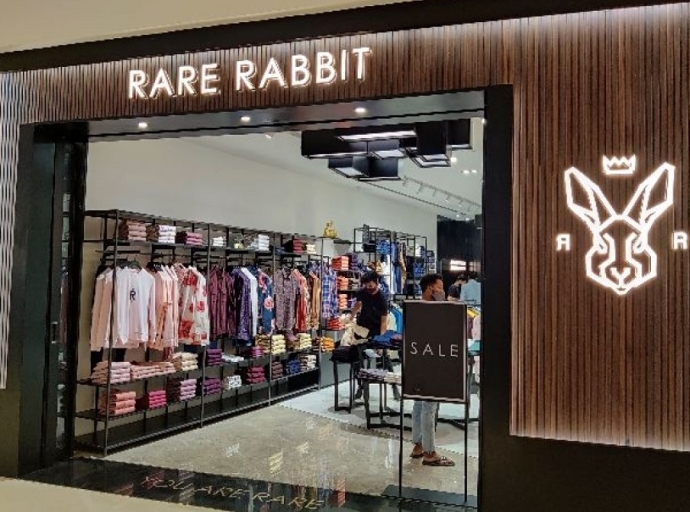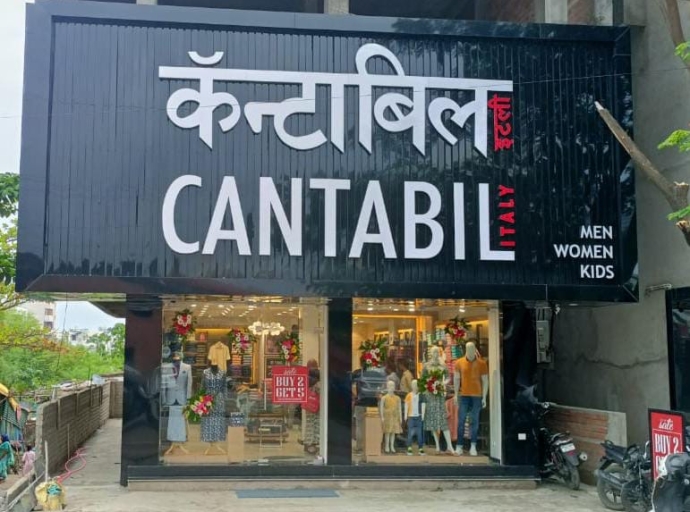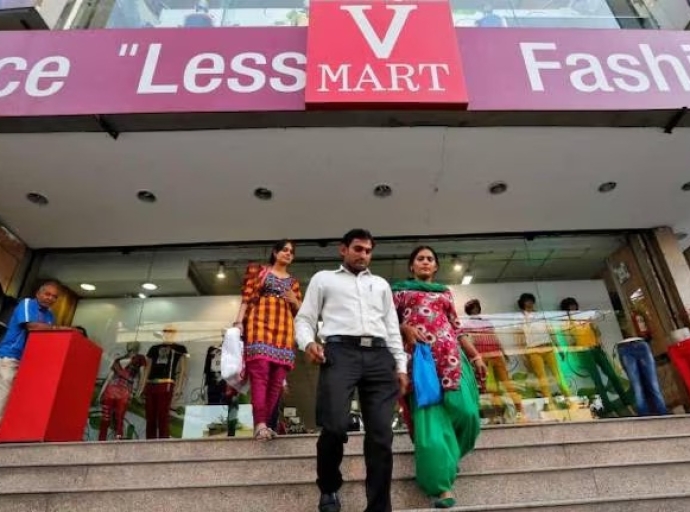08 August 2023, Mumbai
The collaborative report from Shiprocket and ONDC reveals that Indian consumer spending is set to exceed $4 trillion by 2030, driven by a robust 10% compound annual growth rate (CAGR).
Factors Driving Exponential Growth
The report, titled 'eCommerce In The New Bharat And Its Future,' was unveiled at Shiprocket's esteemed SHIVIR summit in 2023.
It highlights key drivers including technological advancements, increased internet penetration, a thriving local consumer ecosystem, evolving spending patterns, rising female workforce participation, and supportive policies like Make in India and Aatmanirbhar Bharat.
The report emphasizes the pivotal role of India's youthful demographic, with a median age of 31 by 2030, in propelling this growth. The study underscores the potential in targeting millennials and Gen Z, projected to form 77% of India's population by 2030.
Categories like food, housing, apparel, transportation, communication, and personal care are expected to witness a twofold spending increase.
E-commerce Dominance in India
E-commerce is noted as a crucial catalyst for this rise, as almost 80% of consumers favor online marketplaces. The report highlights 76% of consumers opting for prepayment, with UPI as the leading choice (57%), followed by credit cards (31%), and other methods like wallets and net banking.
Digital adoption; UPI's popularity is expected to reduce cash transactions by 34% and boost digital payments by 88% by 2026. Fashion and lifestyle currently dominate online shopping, accounting for 48% of purchases, followed by electronics (32%) and groceries (30%).
Discover India
Over 50% of Indian consumers prioritize product quality in their online purchases. Despite growth potential, the report reveals that 72% of Indian brands haven't explored international sales.
Although 38% find overseas markets appealing, an equal percentage are uncertain about the process. Both local and international consumers are keen on Indian products.
About 40% of brands focus on multiple sales channels, and 38% identify efficient logistics as a significant challenge for both domestic and international operations.
Latest Textile Events




































